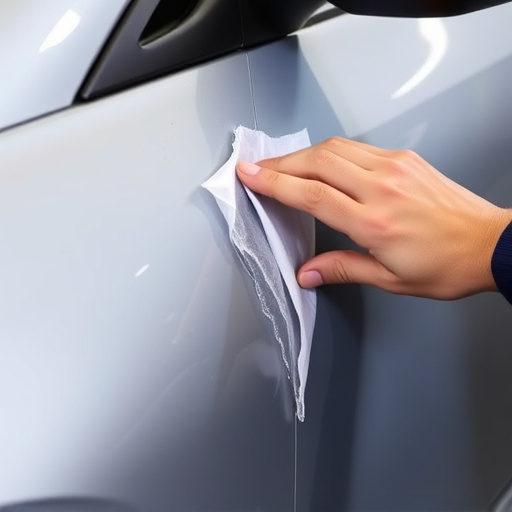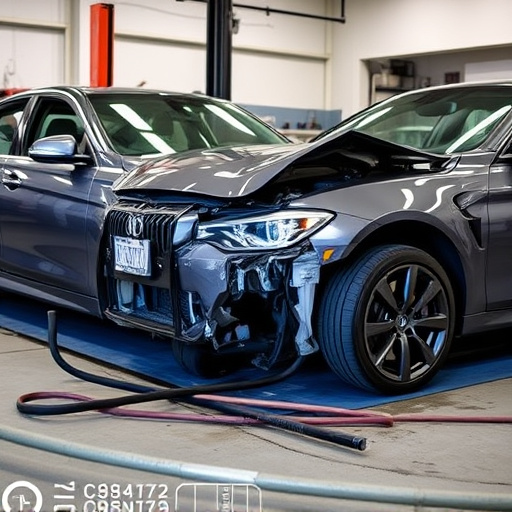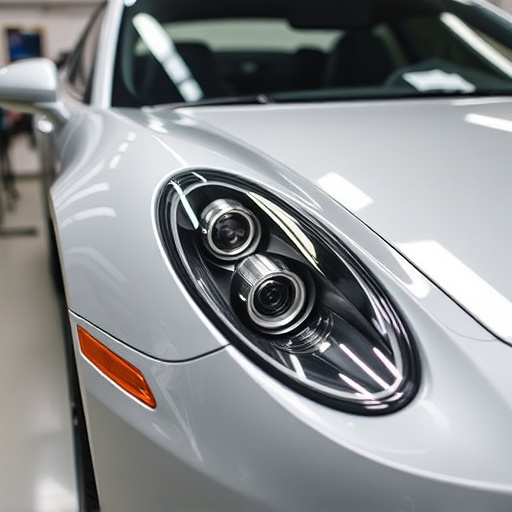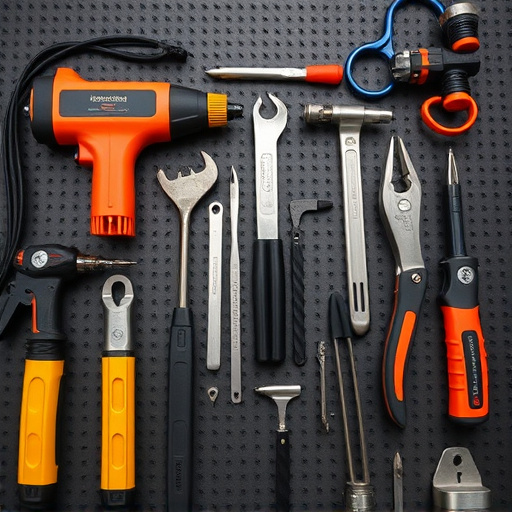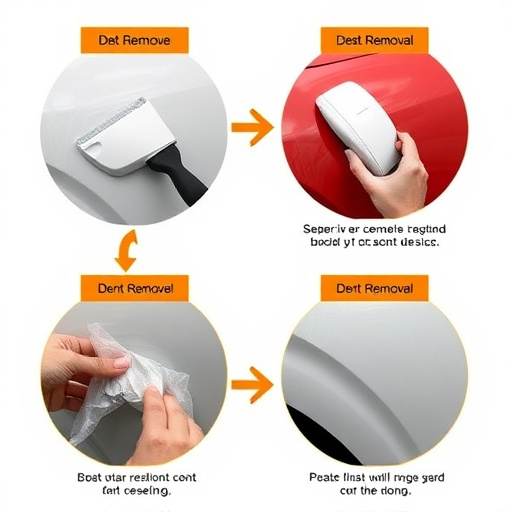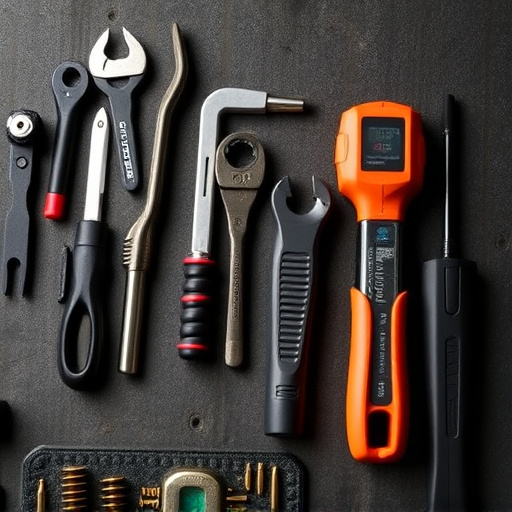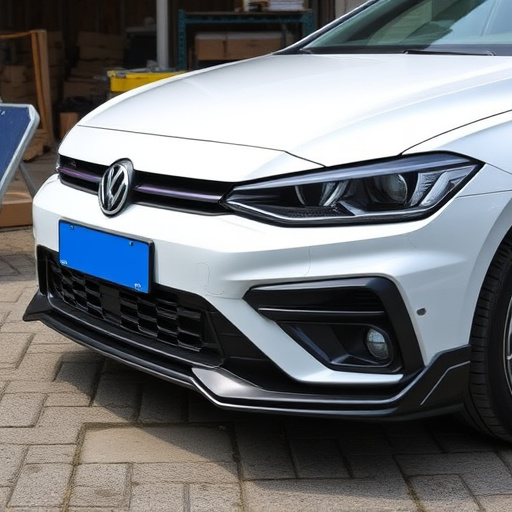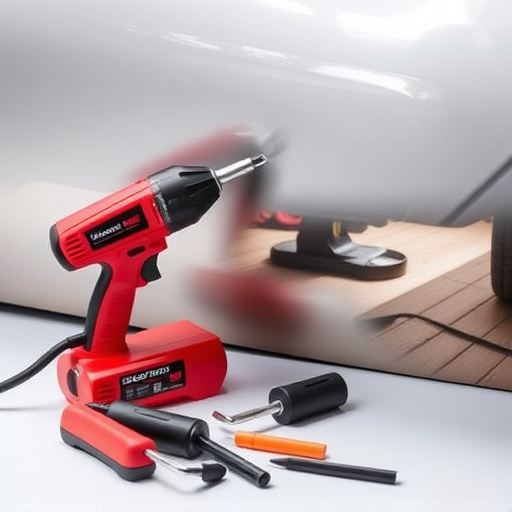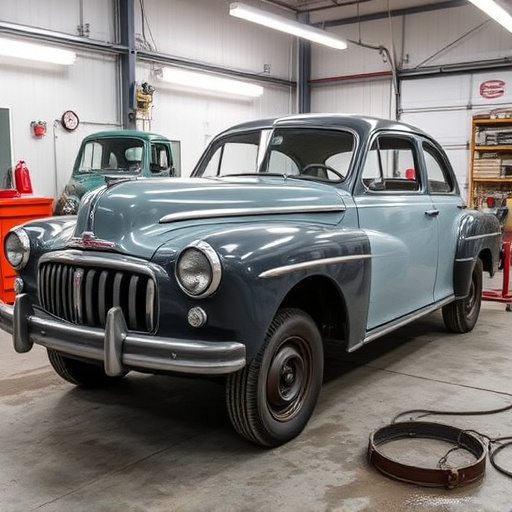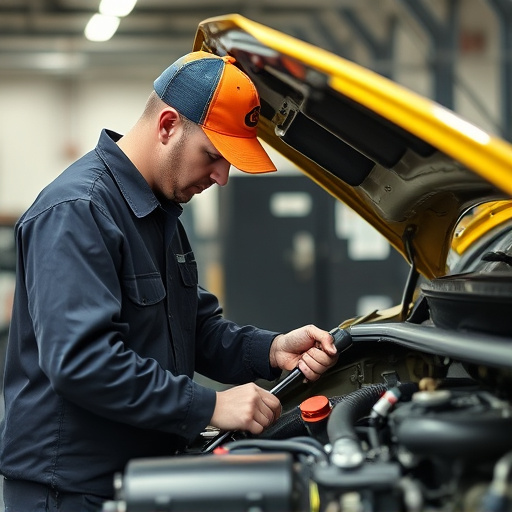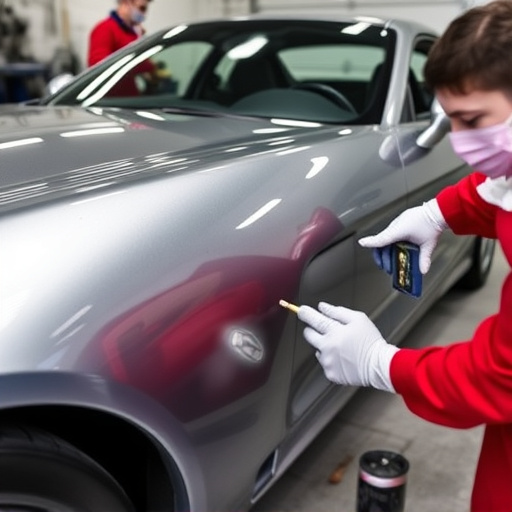Auto body shop professionals often misapply PDR techniques across materials, leading to subpar results and costly repairs. PDR is specifically designed for metal, particularly steel, using advanced tools and skilled technicians. Proper surface preparation is critical in PDR for steel panels, such as Mercedes Benz collision repairs, preventing future flaking or chipping. Inadequate training in PDR for steel panels can result in permanent scratches or misaligned panels, compromising aesthetics and structural integrity. Comprehensive training and practical experience are essential for professional outcomes in PDR for steel panels.
In the realm of panel repair, Physical Damage Repair (PDR) for steel panels is a specialized art. Yet, common mistakes often hinder its effectiveness. This article guides you through three key areas where professionals falter: misunderstanding PDR techniques specific to steel, overlooking critical surface preparation steps, and lacking adequate training and experience. By avoiding these pitfalls, you ensure superior results in PDR for steel panels, enhancing both aesthetics and structural integrity.
- Misunderstanding PDR Techniques for Steel Panels
- Neglecting Proper Surface Preparation Steps
- Insufficient Training and Experience in PDR for Steel
Misunderstanding PDR Techniques for Steel Panels
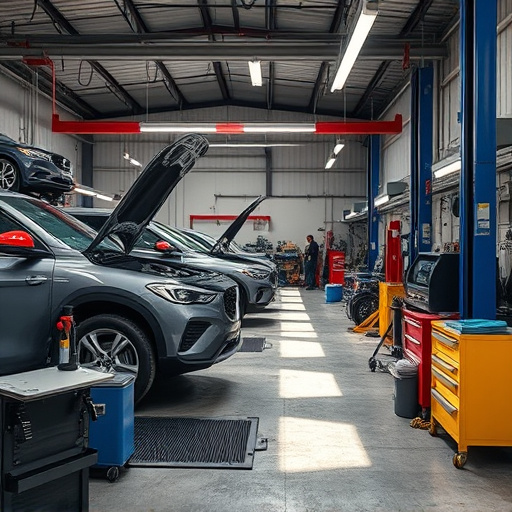
Many professionals in auto body shops often confuse PDR (Paintless Dent Repair) techniques for steel panels with those used for other materials like plastic or aluminum. This misunderstanding leads to inadequate repair methods and subpar results, which can be costly and time-consuming. PDR is a specialized process designed specifically for metal, particularly steel, panels in vehicles. The technique involves the use of advanced tools and skilled technicians to remove dents without damaging the paint or requiring a full repaint job, making it an efficient solution for minor vehicle repairs at trusted auto collision centers.
A common error is attempting to apply PDR techniques that work for plastic, such as using hair-trigger tools or heat guns, on steel panels. Steel has unique properties that require specific tools and methods like metal-specific dent pullers and a deep understanding of the material’s behavior under pressure. At its core, PDR for steel panels is an art that combines science and skill, ensuring that repairs are not just visible but also structural sound in vehicle repair processes.
Neglecting Proper Surface Preparation Steps
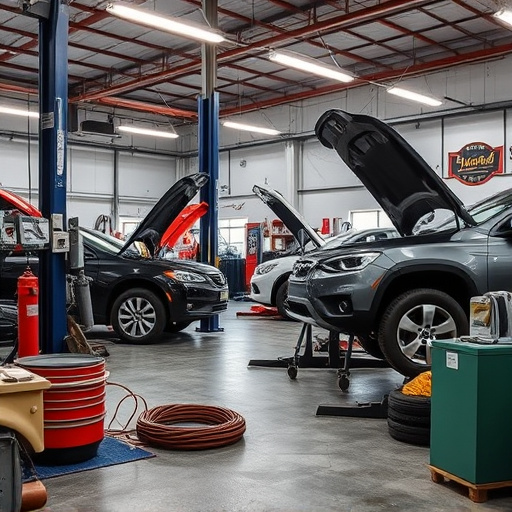
One of the most common mistakes when it comes to PDR for steel panels is neglecting the crucial step of proper surface preparation. Before attempting any restoration work, it’s essential to thoroughly clean and inspect the panel. This includes removing any dirt, grease, or debris that could hinder the repair process. A simple wash and wipe might not be enough; professional degreasers and specialized cleaning solutions are often required, especially for vehicles like Mercedes Benz collision repairs where precision is paramount.
Adequate surface preparation ensures that the PDR technique is effective and long-lasting. Skipping this step can lead to subpar results, as the paint job might not adhere properly, causing future flaking or chipping. Moreover, neglecting surface prep can make it more challenging and time-consuming to achieve a seamless finish, especially when compared to the efficiency of car paint services offered by specialized fleet repair shops.
Insufficient Training and Experience in PDR for Steel
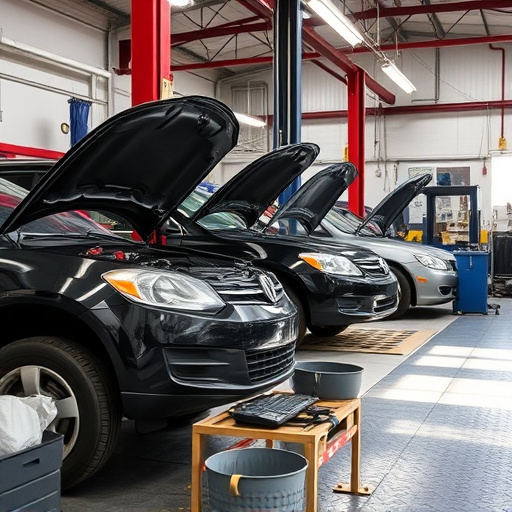
In the realm of PDR for steel panels, insufficient training and experience can lead to subpar results, often reflecting in the final product’s quality. Many professionals jump into the field without fully understanding the intricacies involved in this specialized automotive repair technique. PDR, or paintless dent removal, requires a keen eye for detail and a deep knowledge of steel panel composition to ensure minimal damage during the dent removal process. Without adequate training, technicians may employ incorrect methods, leading to permanent scratches or misaligned panels, which can be detrimental to both aesthetics and structural integrity.
This is particularly concerning in the automotive industry where precision is key. Car collision repair often relies on PDR as a cost-effective alternative to traditional panel replacement. However, when performed by untrained hands, even simple dents can transform into complex issues. Therefore, prioritizing comprehensive training and gaining practical experience in dent removal techniques for steel panels is indispensable for achieving professional outcomes in automotive repair.
Avoiding common mistakes in PDR (Paintless Dent Repair) for steel panels starts with understanding the unique techniques required, implementing rigorous surface preparation, and ensuring technicians have adequate training. By doing so, professionals can achieve superior results, maintain customer satisfaction, and elevate their reputation in the field of PDR for steel panels.

